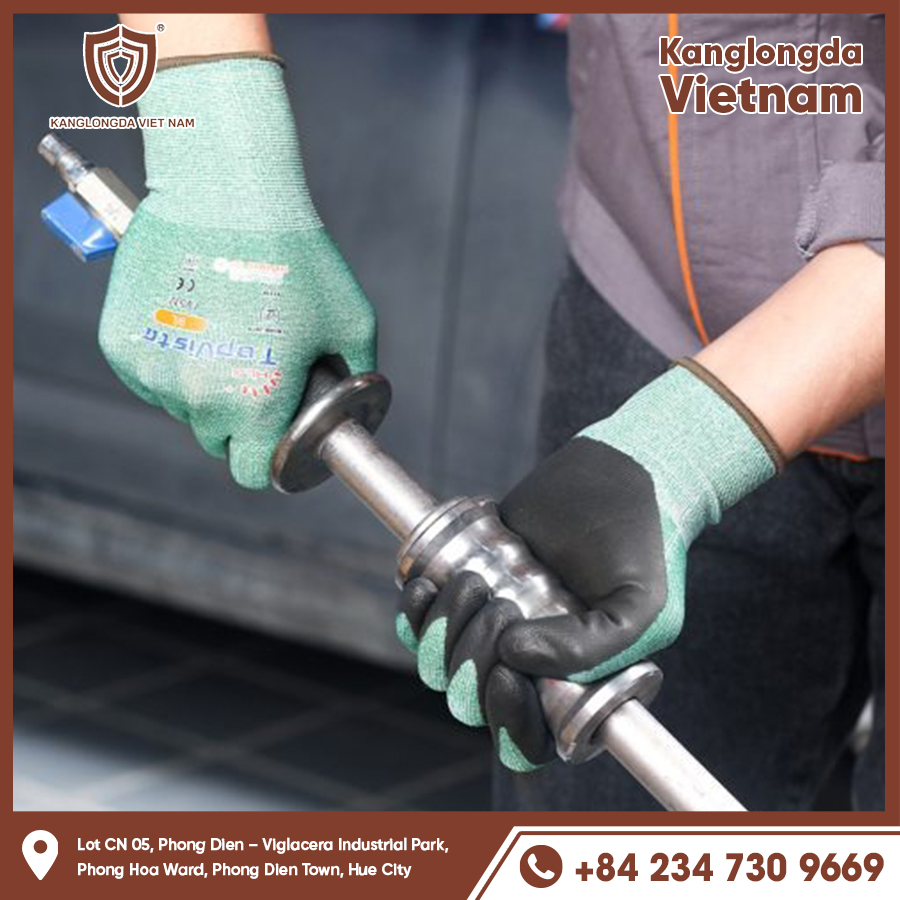When it comes to skiing, keeping your hands warm and functional is just as important as the skis on your feet. Ski gloves men are specially designed to endure frigid temperatures, high winds, and moisture while providing the grip and dexterity needed for athletic performance. Whether you’re cruising down powdery trails or navigating icy runs, choosing the right pair of ski gloves mens can make or break your winter experience.

Key Materials Used in Men’s Ski Gloves
Outer Shell Fabric
The outer layer of men’s ski gloves is engineered to resist wind, snow, and rough surfaces. Common materials include nylon, polyester, and softshell blends, often treated with durable water-repellent (DWR) coatings. These fabrics are chosen for their flexibility and ruggedness, allowing them to withstand sharp ski edges or icy branches without tearing.
Insulation Layers
To retain body heat in sub-zero conditions, ski gloves incorporate synthetic insulations like Thinsulate or natural down. These materials trap warmth effectively while remaining lightweight. The choice between synthetic or down insulation often depends on moisture exposure, as synthetics retain warmth better when wet.
Inner Linings
The lining adds comfort and moisture management. Fleece and wool blends are popular choices for inner layers because of their softness and ability to wick sweat away from the skin. Some gloves include antimicrobial treatments to prevent odor buildup during extended use.
Essential Features for Ski Gloves Men’s
Waterproof Capabilities
Waterproofing is crucial for preventing snow or slush from soaking through the glove. Most ski gloves for men include a waterproof membrane such as Gore-Tex or polyurethane that creates a barrier against moisture while allowing vapor to escape.
Thermal Regulation
Some men’s ski gloves come with built-in vents or breathable panels that allow heat to escape when needed. These features help skiers maintain hand comfort during intense activity without risking overheating.
Grip and Dexterity
For skiers handling poles, bindings, or mobile devices, dexterity is a top concern. Gloves are constructed with articulated fingers, reinforced palms, and non-slip materials to give you reliable grip and control even in wet or snowy conditions.
Types of Ski Gloves Men Based on Activity
Alpine Skiing Gloves Mens
These gloves are designed for downhill skiing, where cold temperatures and high speeds demand serious insulation and windproofing. They often have padded backs and long cuffs to protect against snow entering the sleeves.
Cross-Country Ski Gloves Mens
Lighter and more breathable than alpine gloves, cross-country ski gloves offer better movement and are often thinner to allow full pole control. Breathability is emphasized over maximum warmth since aerobic activity keeps the body warm.
Freestyle and Park Gloves
These gloves prioritize flexibility and a slim fit to support tricks and grabs. While not as heavily insulated, they are often built with reinforced palms and fingers for added protection during impacts and park features.

Fit and Sizing Tips for Ski Gloves Men’s
Finding the Right Size
A properly fitting glove should leave just a bit of space at the fingertips and should not feel tight across the palm. Tight gloves can restrict circulation, leading to cold fingers, while loose gloves can reduce dexterity.
Cuff Length and Adjustment
Cuff length affects how well the glove seals out snow. Gauntlet-style cuffs are longer and fit over the jacket, while under-cuff gloves tuck inside the sleeve. Both styles should include adjustable closures for a secure fit.
Pre-Curved Design
Many high-performance ski gloves feature a pre-curved shape that mirrors the natural resting position of the hand. This design reduces hand fatigue and improves grip, especially during long ski sessions.
Common Mistakes to Avoid When Buying Ski Gloves Mens
Overlooking Breathability
Many buyers focus solely on warmth and forget about breathability. Without proper moisture wicking, sweat can accumulate inside the glove and cause discomfort or cold hands, even if the glove is insulated.
Choosing Fashion Over Function
While it’s tempting to choose gloves based on looks, functionality should always come first. Make sure gloves meet the demands of your ski environment before considering color or design.
Ignoring Maintenance Needs
Some gloves require specific care, especially those with leather components. Avoid gloves that you won’t be willing or able to maintain properly, as neglect can quickly reduce performance and longevity.
Caring for Your Ski Gloves Mens
Cleaning After Use
Gently shake off any snow or debris, and allow your gloves to dry naturally away from direct heat sources. For a deeper clean, follow the manufacturer’s instructions, typically recommending hand-washing or using a damp cloth.
Storing in the Off-Season
Keep gloves in a cool, dry place, and avoid compressing them for long periods. Stuffing them with tissue paper or using a glove shaper can help maintain their form and extend their usability.
Reproofing Waterproof Coatings
After extended use, reapply water-repellent treatments to maintain waterproof performance. DWR sprays or waxes are commonly available for this purpose and help prevent water absorption in outer fabrics.
Functional Accessories to Complement Ski Gloves Mens
Glove Liners
Liners add another layer of warmth and can be worn under ski gloves for extra insulation. They’re especially useful in extreme cold or for those with poor circulation. Liners can be removed if you get too warm or need more dexterity for tasks.
Wrist Leashes and Clips
To prevent losing gloves on the slopes, many gloves include wrist leashes. These secure the gloves to your wrists even when removed. Some models come with clips to attach them to jackets or packs.
Hand Warmers and Inserts
Disposable or rechargeable hand warmers can be slipped into dedicated pockets or liners for additional heat. Some ski gloves mens include zippered compartments designed to hold warmers securely.
When to Replace Your Ski Gloves Mens
Visible Wear and Tear
If the palms are thinning, the insulation is clumping, or the waterproof layer is compromised, it may be time for a new pair. Persistent cold spots or water ingress are signs of aging materials.
Loss of Flexibility
Over time, ski gloves can stiffen, especially in leather or heavily used synthetic gloves. When this happens, dexterity and comfort suffer, reducing performance on the slopes.
Change in Activity Level
If you’ve progressed from beginner to advanced skiing or moved from casual skiing to backcountry adventures, your glove needs may change. Upgrading to a more technical model suited to your skill level can improve safety and performance.

Finding the perfect ski gloves mens is more than just a comfort choice—it’s about safety, efficiency, and full enjoyment of the sport. With so many technical features to consider, including insulation, fit, waterproofing, and activity-specific designs, it pays to make an informed decision. Whether you’re carving down alpine trails or exploring cross-country terrain, the right ski gloves will keep your hands warm, dry, and ready for action. Don’t compromise—gear up with confidence and ski smart this winter.






